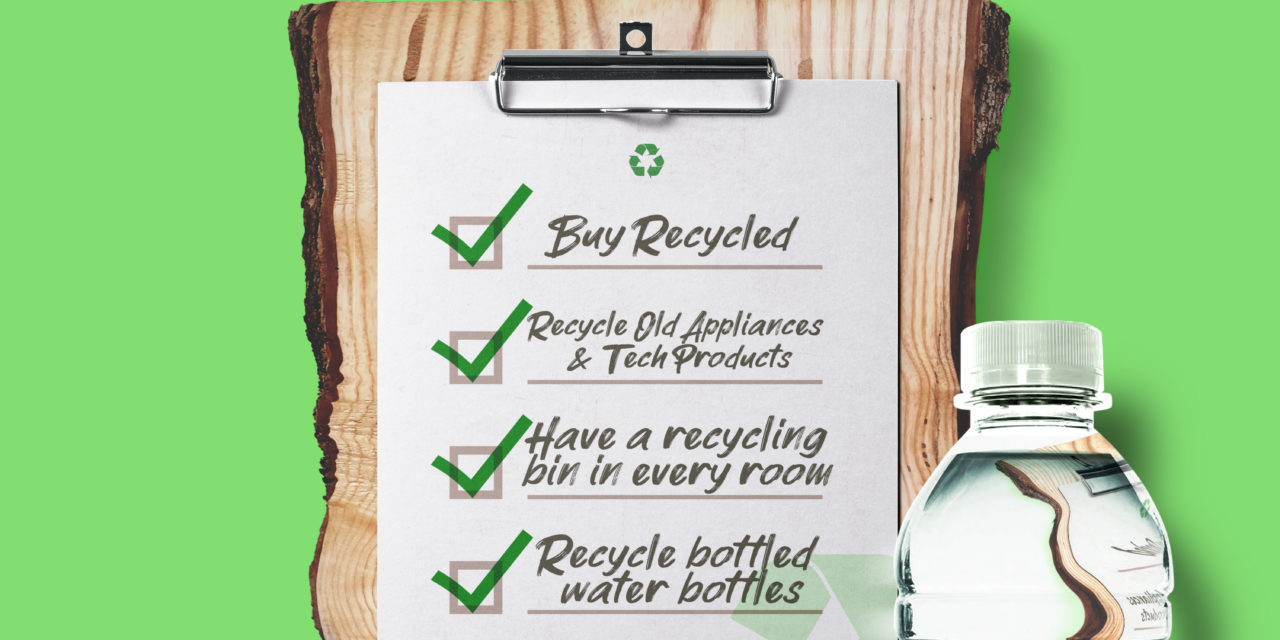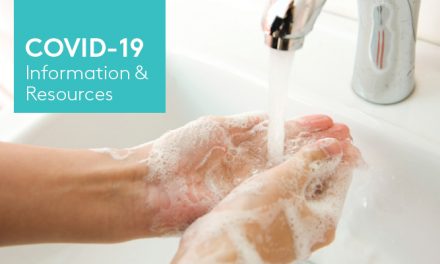People often say there’s too much plastic in the environment. But when they make such statements, do they really know the facts? They often point judgmental fingers at common products packaged in plastic. This is where bottled water often receives unwarranted criticism. Bottled water is just one of thousands of food products packaged in plastic. And, unlike many other packaging options, bottled water products have always been packaged in 100 percent recyclable plastic containers. In addition, bottled water containers use less plastic than any other packaged beverage.
The most prevalent plastic bottled water container, 16.9-ounce (half-liter) individual size, is made from polyethylene terephthalate (PET), which has the recycling symbol #1. This type of plastic is the most widely recycled plastic in the world. Another frequently used plastic for food and beverage containers is high density polyethylene (HDPE), which is used to make 1- and 2.5-gallon jugs and has the recycling symbol #2. And 3- and 5-gallon bottles of water are packaged in either PET or polycarbonate (PC) containers, which carry the recycling symbol #7. These larger containers are typically returned to the bottler and refilled many times before they are recycled. Empty bottled water containers should always be returned or placed in a recycling bin, but when they are not, they make up 3.3 percent of all drink packaging that ends up in landfills, and only 0.02 percent of landfill waste.
Very importantly, even though bottled water consumption continues to grow, the overall amount of plastic used in these products has actually decreased due to the light-weighting of plastic bottled water containers and a shift in consumption away from soda and fruit drinks to water. Soft drinks and other sugary beverage containers use more plastic than water because they need to have thicker plastic due to their carbonation and/or bottling processes. An impressive 66 percent of the growth in bottled water sales (from 2006 to 2019) has come from people making this switch. And this has amounted to 73 million pounds of PET plastic resin being saved last year alone from people increasingly reaching for a bottle of water instead of soda and fruit drinks. The reason this is: Weighing, on average, 23.9 grams, soda and juice containers use 142 percent more plastic than bottled water containers, which, on average, weigh just 9.89 grams, with many weighing as little as 7.5 grams. Calorie savings are also impressive. By swapping just one drink per day (choosing water instead of soda), Americans save 3.9 billion calories EACH day (see: www.mdpi.com/2072-6643/8/7/395). This is an important fact given that our nation faces increasingly high rates of obesity and diabetes.
So, when people choose bottled water over sugary drinks, they are not only doing something good for their health but also doing something good for the environment by choosing a beverage packaged in less plastic — thus reducing their personal environmental footprint. If consumers remember to recycle that bottled water container (which they should always do), they lower their footprint even more!
Single-Use vs. Single-Serving
Sometimes we hear of bottled water being packaged in “single-use” plastic containers. That isn’t an accurate statement because bottled water containers are 100 percent recyclable. That means that the plastic can be used over and over again to make new beverage bottles or products. This distinguishes bottled water from other common plastic products that are truly “single-use,” such as non-recyclable plastic items (e.g., straws, cutlery and plates), food and goods packaging (e.g., film, heat-sealed and multi-layered laminate bags) and containers (e.g., non-PET, HDPE and PC bottles and tubs). Single-use plastic items that do not have a recycling symbol are not recyclable. However, single-serve bottled water containers and larger-sized bottles, such as 1-, 2.5-, 3-, and 5-gallon containers, are all 100 percent recyclable. In addition, PET plastic bottled water containers are the most recognized by consumers as being recyclable and is likely why they are the most recycled containers in curbside recycling programs in the U.S. This fact is an important distinction.
Empty bottled water containers (including the caps) should always be placed in a recycle bin. By collecting these bottles and reusing the plastic to make new containers from old ones, less virgin plastic is needed in the marketplace. This concept is part of what makes a circular economy: minimizing waste and making the most of existing resources.
Don’t Waste a Valuable Resource
PET plastic is a valuable resource because it can be recycled and used over and over again. But that is not the case for all plastics. Many types simply cannot be recycled (e.g., kitchen plastic wrap, exterior packaging of most consumer goods, grocery bags, squeezable food containers, garment bags, snack food bags, and plastic cups, straws and utensils, and most takeout containers) and therefore have a much greater negative impact on the environment. Of course, there’s also a group of high value plastics that we can’t live without: plastics that are used for lifesaving medical equipment, devices, and food packaging, including bottled water.
So, what can people do to help reduce the impact of plastic on the environment?
- Shop wisely. Buy products that are packaged in 100 percent recyclable containers and packaging.
- Purchase items that include recycled materials.
- Make a pledge to always recycle all of your recyclable plastic food and beverage containers.
- Tell your friends about your pledge and encourage them to join you.
- Spread the word using these social media hashtags: #EndPlasticPollution #BuyRecyclablePackaging #AlwaysRecycle.





Recent Comments